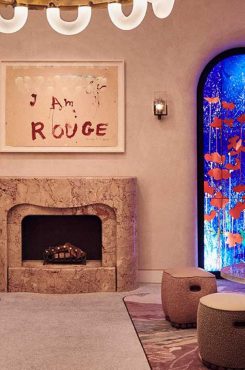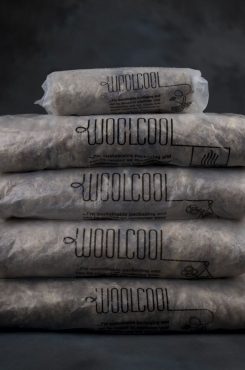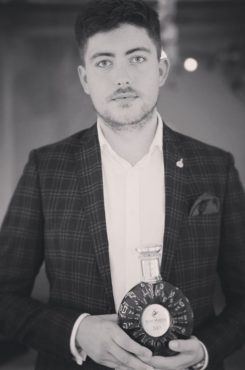Tools of the trade with Reiko Kaneko
Published 4 December 2020
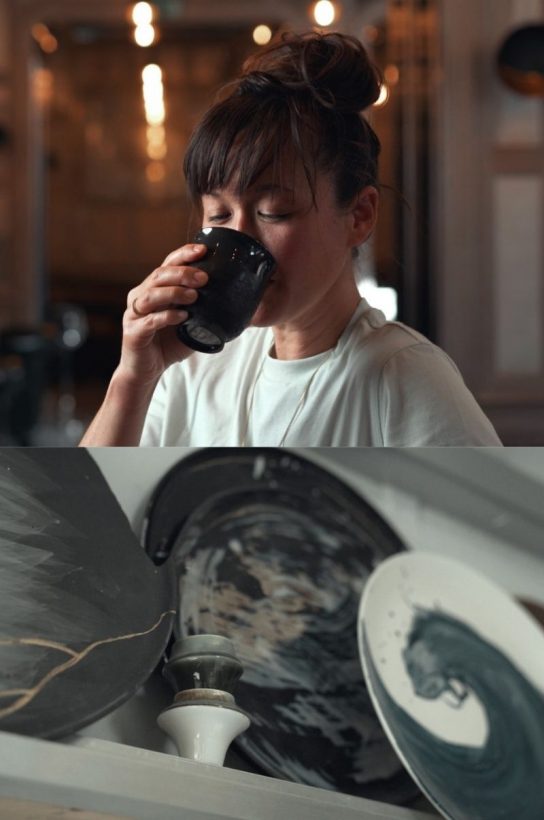
In this regular feature, we take a closer look at the workspace of people who inspire us. Here ceramicist Reiko Kaneko talks about aligning visions with clients, the creative process from start to finish and her collaboration with Rémy Martin and The Connaught
A ceramicist, designer and educator, you’ve probably unknowingly seen Reiko Kaneko’s work in restaurants across the capital. She founded her creative studio in London in 2007 and has since created tableware, glassware and more for restaurants and galleries across the country including The Fat Duck, The Connaught hotel, Paradise restaurant and many more.
With the business expanding, Kaneko made the decision to move to Stoke-on-Trent in 2012, the traditional home of industrial scale pottery manufacturing in Britain – to ensure she could control every part of her supply chain. Here we find out more about taking inspiration from her Japanese heritage, going back to basics and how the process works from starts to finish.
Getting started
I work predominantly in ceramics which I sell to galleries, restaurants and retail stores, but I’ve also designed furniture in the past. I started off more in the giftware industry, but I now like to work on bespoke projects for specific clients.
Lockdown has given me a bit of time to develop a few ideas and concepts that I’ve been working on. Recently I’ve been doing a lot of botanical inspired pieces and really going back to the beginning and thinking about the materials. I’ve got a beginner’s mind again in a way and am questioning myself. It’s been a good exercise to just ask myself what the inspiration point is. I’m half Japanese as well and I practice kyūdō (Japanese archery), so the questions of truth, beauty and the imperfect and perfect are important to me. Those slightly more ethereal questions really interest me on a wider level.
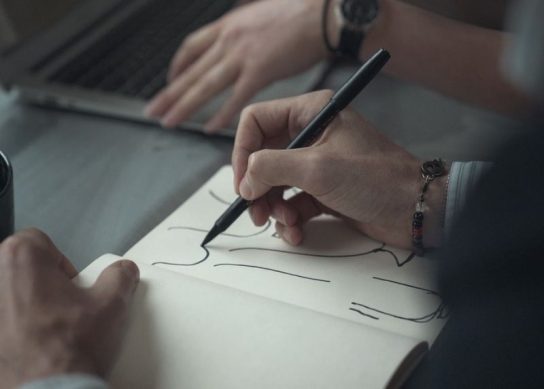
Next steps
Ordinarily when I’m commissioned, the client will have quite a specific brief and idea of what they are looking for, whether it’s a plate for a specific course or a vessel for a specific cocktail. Usually, the high-end restaurants and bars I work with have a concept around the dish or drink anyway, so it’s quite a specific brief. It’s all about getting to know them and what their expectations are, trying to understand them and then meet them.
I like to have the clients over to my workshop so they can see the vast array of materials I use and also the surface decorations and glazes. I’ve got a garden workshop in London filled full of samples from the past!
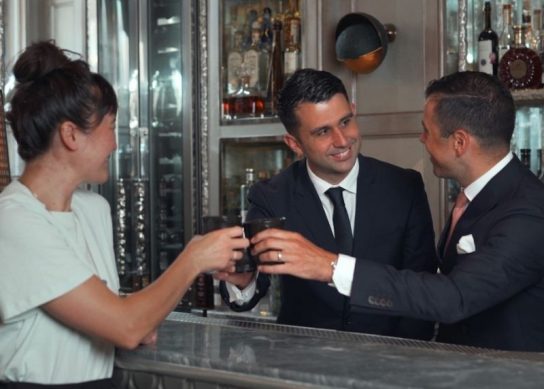
Collaboration with Rémy Martin
I created a black bone china vessel with white bone china slip decoration and a subtle deep red glazing on the outside with texture. Rémy Martin’s brief was to think about the process of how they make cognac. They use fire, heat and chalk as part of their process, so I wanted to bring in those aspects and the textures on the outside really take you from the raw to the refined.
It was a really natural collaboration in a way. My garden workshop is in Tottenham and when they turned up dressed immaculately in three-piece suits, I thought ‘oh god, what are they going to think?!’ The back entrance isn’t made for clients. But once we sat down and got to know each other, cooked some lunch and shared food it became so natural and we really got on as people. We found our visions were aligned on what we wanted to make.
They wanted really high-quality crafted pieces and that’s what I pride myself in doing, rather than churning out quantity. So we were aligned when it came to material aspects, but also personality and purpose as well. It all worked.
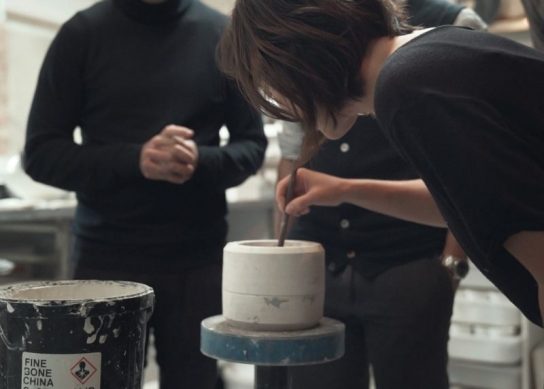
The tools
The vessels are bone china, so casting is predominantly the technique that I use. Initially when the team were here, we drew up the idea on a 3D programme on the computer so we could agree on the shape. Then I had the model 3D printed and I took a mould from that.
I cast the foot and the cup separately and fused them together in clay and then started the slip decoration. I use a Japanese calligraphy brush to do this, and I do it all by hand! I use a cloth to create textures on the bone china that makes it look rougher. Once it has dried, I fired it on a setter in a kiln and once cooled, I dip in clay and fire it again. Finally, we back stamped our logos underneath and on the side again!
There’s always difficulties with the making process, but the most difficult thing is that the process takes a lot of time. There’s so many textures and parts that are separate but need to be combined together. The refinement takes a long time, as does all of the brush work. The whole process takes around three months, if the clients give me that!
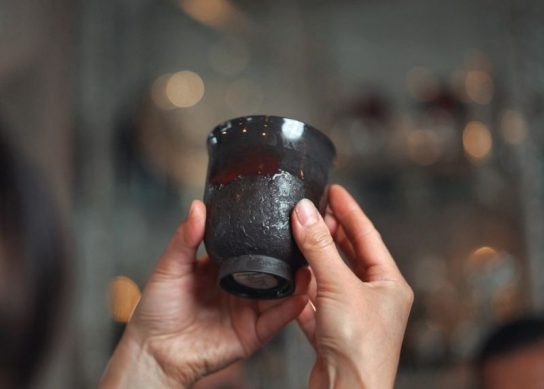
The Flint cocktail using Rémy Martin XO and served in Reiko’s bespoke vessel is available at The Connaught Bar
To find out more and see some of Reiko Kaneko’s work, visit her website here


